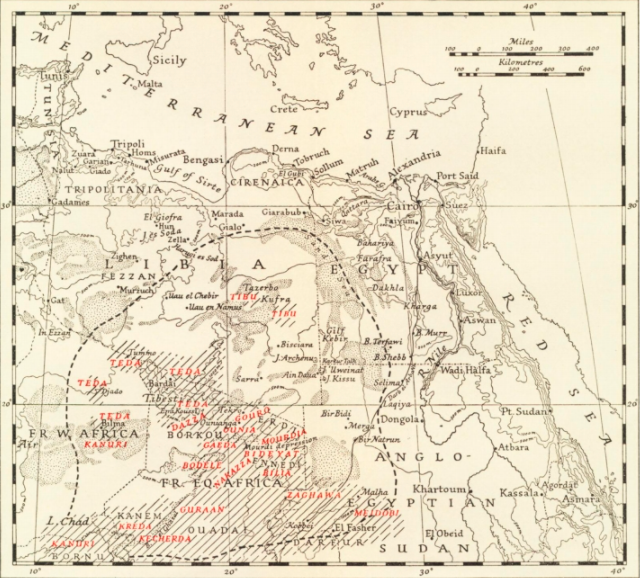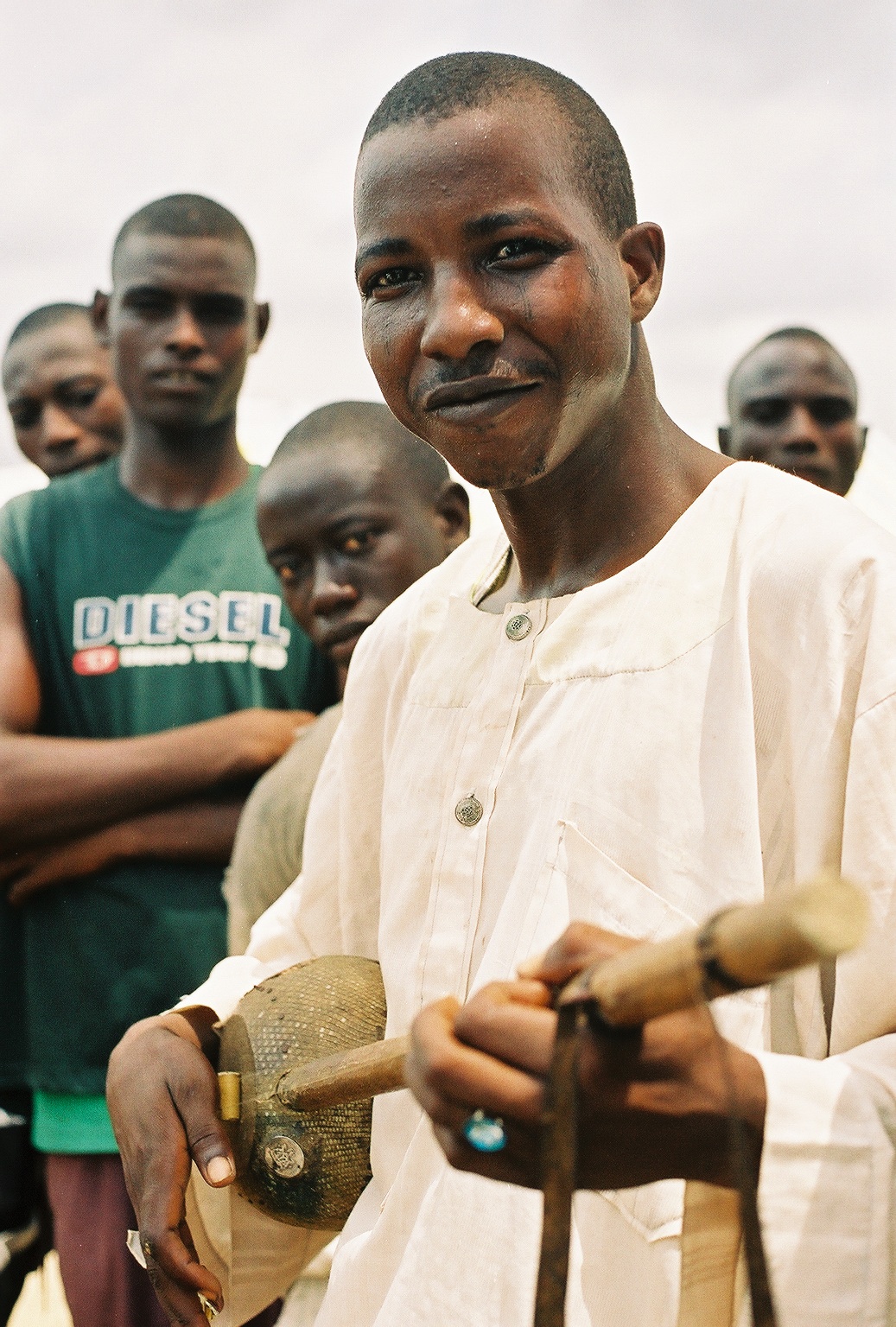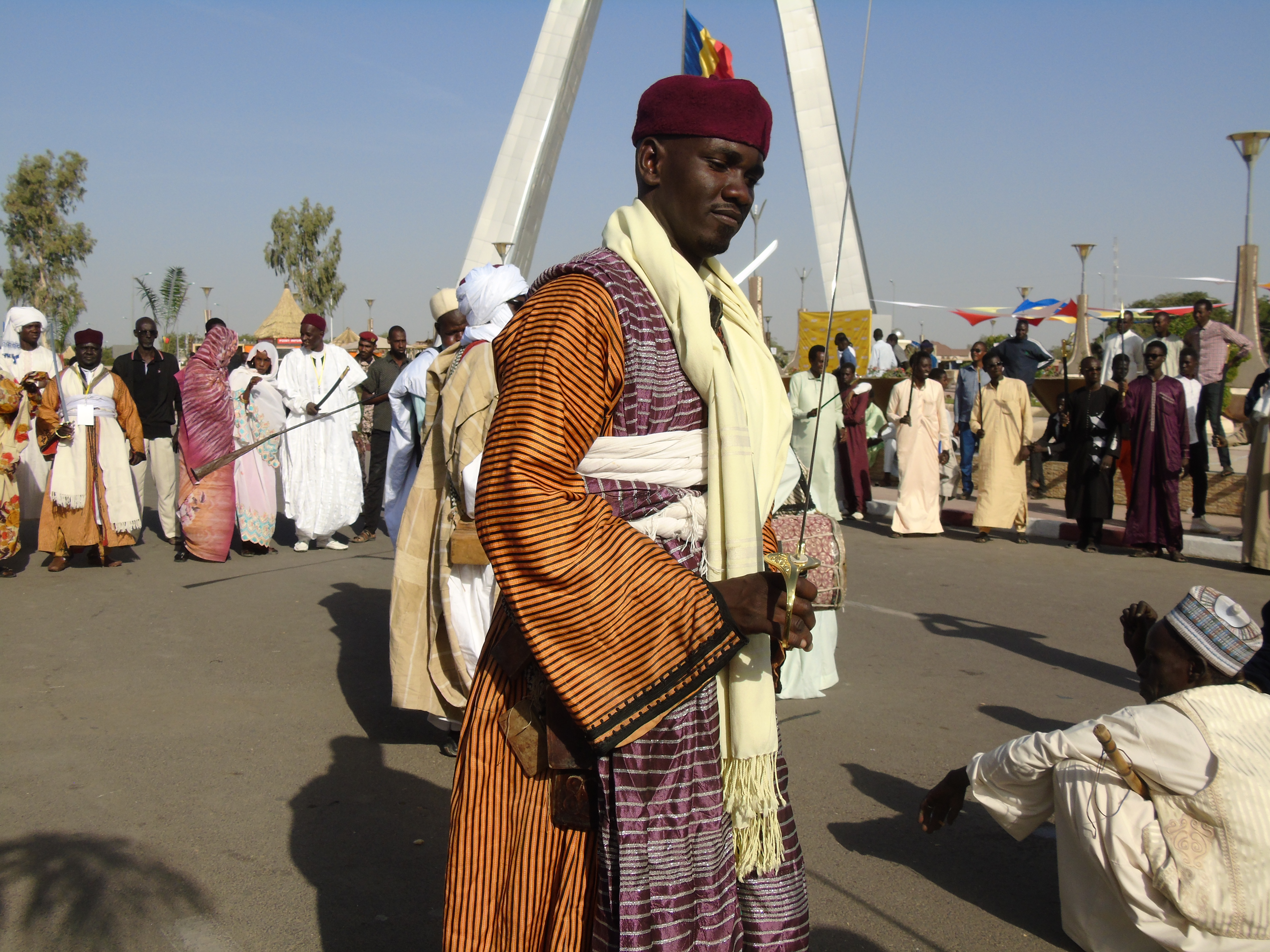|
Keleli
The ''keleli'' is a lute of the Teda people of Tibesti, Republic of Chad. The instrument consists of a round bowl covered with camel, goat or zebra-hide soundboard, and a neck to support the strings. The instrument is built by individuals for themselves. Children lean to play by imitating adults. Construction The keleli is a half-spike lute, in which the end of the neck pokes out though the soundboard, as on a xalam. This is one of two styles common to the spike lutes. The other common style is a full spike lute, in which the neck of the instrument goes through two opposite sides of a bowl-shaped soundbox as on a gurmi. The lute has round soundbox, about 20 inches across, made from a gourd, carved from wood or fashioned from an enamel bowl or metal bowl. The skin soundboard is placed raw over the bowl's opening and tied underneath with thongs. When it dries, it tightens, becoming resonant like a drumhead. The died hide is shaved with a knife. It is strung with two or three ... [...More Info...] [...Related Items...] OR: [Wikipedia] [Google] [Baidu] |
Keleli
The ''keleli'' is a lute of the Teda people of Tibesti, Republic of Chad. The instrument consists of a round bowl covered with camel, goat or zebra-hide soundboard, and a neck to support the strings. The instrument is built by individuals for themselves. Children lean to play by imitating adults. Construction The keleli is a half-spike lute, in which the end of the neck pokes out though the soundboard, as on a xalam. This is one of two styles common to the spike lutes. The other common style is a full spike lute, in which the neck of the instrument goes through two opposite sides of a bowl-shaped soundbox as on a gurmi. The lute has round soundbox, about 20 inches across, made from a gourd, carved from wood or fashioned from an enamel bowl or metal bowl. The skin soundboard is placed raw over the bowl's opening and tied underneath with thongs. When it dries, it tightens, becoming resonant like a drumhead. The died hide is shaved with a knife. It is strung with two or three ... [...More Info...] [...Related Items...] OR: [Wikipedia] [Google] [Baidu] |
Teda People
The Toubou or Tubu (from Old Tebu, meaning "rock people") are an ethnic group native to the Tibesti Mountains that inhabit the central Sahara in northern Chad, southern Libya and northeastern Niger. They live either as herders and nomads or as farmers near oases. Their society is clan-based, with each clan having certain oases, pastures and wells. The Toubou are generally divided into two closely related groups: the Teda (or Téda, Toda) and the Dazagara (or Dazzaga, Dazagada, Daza). They are believed to share a common origin and speak the Tebu languages, which are from the Saharan branch of the Nilo-Saharan language family. Tebu is divided further into two closely related languages, called ''Tedaga'' (Téda Toubou) and ''Dazaga'' (Dazaga Gouran). Of the two groups, the Daza, found to the south of the Teda, are more numerous. The Toubou people are also referred to as the Tabu, Tebu, Tebou, Tibu, Tibbu, Toda, Todga, Todaga, Tubu, Tuda, Tudaga, or Gorane people. The Dazaga are ... [...More Info...] [...Related Items...] OR: [Wikipedia] [Google] [Baidu] |
Tibesti
The Tibesti Mountains are a mountain range in the central Sahara, primarily located in the extreme north of Chad, with a small portion located in southern Libya. The highest peak in the range, Emi Koussi, lies to the south at a height of and is the highest point in both Chad and the Sahara. Bikku Bitti, the highest peak in Libya, is located in the north of the range. The central third of the Tibesti is of volcanic origin and consists of five volcanoes topped by large depressions: Emi Koussi, Tarso Toon, Tarso Voon, Tarso Yega and Toussidé. Major lava flows have formed vast plateaus that overlie Paleozoic sandstone. The volcanic activity was the result of a continental hotspot that arose during the Oligocene and continued in some places until the Holocene, creating fumaroles, hot springs, mud pools and deposits of natron and sulfur. Erosion has shaped volcanic spires and carved an extensive network of canyons through which run rivers subject to highly irregular flows that are ra ... [...More Info...] [...Related Items...] OR: [Wikipedia] [Google] [Baidu] |
Republic Of Chad
Chad (; ar, تشاد , ; french: Tchad, ), officially the Republic of Chad, '; ) is a landlocked country at the crossroads of North and Central Africa. It is bordered by Libya to the north, Sudan to the east, the Central African Republic to the south, Cameroon to the southwest, Nigeria to the southwest (at Lake Chad), and Niger to the west. Chad has a population of 16 million, of which 1.6 million live in the capital and largest city of N'Djamena. Chad has several regions: a desert zone in the north, an arid Sahelian belt in the centre and a more fertile Sudanian Savanna zone in the south. Lake Chad, after which the country is named, is the second-largest wetland in Africa. Chad's official languages are Arabic and French. It is home to over 200 different ethnic and linguistic groups. Islam (55.1%) and Christianity (41.1%) are the main religions practiced in Chad. Beginning in the 7th millennium BC, human populations moved into the Chadian basin in great numbers. By t ... [...More Info...] [...Related Items...] OR: [Wikipedia] [Google] [Baidu] |
Xalam
Xalam (in Serer, or khalam in Wolof) is a traditional stringed musical instrument from West Africa with 1-5 strings. The xalam is commonly played in Mali, Gambia, Senegal, Niger, Northern Nigeria, Northern Ghana, Burkina Faso, Mauritania, and Western Sahara; it, and its variants, are also known in other languages as bappe, diassare, hoddu (Pulaar), koliko (Gurunsi), kologo ( Frafra), komsa, kontigi, gurmi, garaya (Hausa), koni, konting (Mandinka), molo ( Songhay/ Zarma), ndere, ngoni ( Bambara), and tidinit ( Hassaniyya and Berber). In Wolof, who plays the xalam is called a ''xalamkat'' (a word composed of the verbal form of xalam, meaning "to play the xalam", and the agentive suffix ''-kat'', thus meaning "one who xalams"). In Mande, this is ''ngonifola'' or ''konting fola''. In Hausa, this is ''mai gurmi'' or ''mai kontigi''. Construction and tuning The xalam, in its standard form, is a simple lute chordophone with one to five strings. The wooden body (soundbox) membran ... [...More Info...] [...Related Items...] OR: [Wikipedia] [Google] [Baidu] |
Gurmi (lute)
The gurmi is a two or three-stringed lute of the Hausa people of northern Nigeria. May also be called ''gurumi'' or ''kumbo''. In looking at the two-finger playing style used by musicians who play the gumbri, researchers have listed it as a possible relative to the banjo. Researchers have talked about the ''gurmi'' and ''gurumi'' as if these are two different but similar instruments. The instrument is also played by Toubou people and "other peoples of Niger and northern Nigeria." Details It has a soundbox made from a half calabash or gourd, the opening covered with hide for a soundboard. The neck pierces the calabash, its end poking out the bottom of the instrument. Strings are secured to the stump of stick at the bottom and run across a bridge on the hide soundboard to the neck. The strings are secured to the neck by tying them to tuning rings, separate strings or bands tied around the neck. While a member of the xalam family of instruments, the gurmi is specific to the Hausa ... [...More Info...] [...Related Items...] OR: [Wikipedia] [Google] [Baidu] |
Girl Tuning Egyptian Lute At Rekhmire
A girl is a young female human, usually a child or an adolescent. When a girl becomes an adult, she is accurately described as a '' woman''. However, the term ''girl'' is also used for other meanings, including ''young woman'',Dictionary.com, "Girl"'' Retrieved January 2, 2008. and is sometimes used as a synonym for '' daughter'', or '' girlfriend''. In certain contexts, the usage of ''girl'' for a woman may be derogatory. ''Girl'' may also be a term of endearment used by an adult, usually a woman, to designate adult female friends. ''Girl'' also appears in portmanteaus (compound words) like '' showgirl'', ''cowgirl'', and '' schoolgirl''. The treatment and status of girls in any society is usually closely related to the status of women in that culture. In cultures where women have a low societal position, girls may be unwanted by their parents, and the state may invest less in services for girls. Girls' upbringing ranges from being relatively the same as that of boy ... [...More Info...] [...Related Items...] OR: [Wikipedia] [Google] [Baidu] |
Kanembu People
The Kanembu are an ethnic group of Chad, generally considered the modern descendants of the Kanem-Bornu Empire. The Kanembu number an estimated 890,000 people, located primarily in Chad's Lac Prefecture but also in Chari-Baguirmi and Kanem prefectures. They speak the Kanembu language, which the Kanuri language is closely related to, with many speaking Arabic and sometimes nowadays French as a second language. Etymology The word ''Kanembu'' means "the people 'bu''of Kanem." History For over a thousand years the Kanem-Bornu Empire was a dominant power over central North Africa. Its sphere of influence covered Eastern Nigeria and Niger, the Northern half of Chad, Cameroon, and Libya. Its inhabitants traded with Egypt and sponsored Islamic schools as far as Alexandria. Its camel caravans reached the Muslim holy cities of Mecca and Medina. Until the beginning of the 1900s and the French conquest of this area, the Kanem-Bornu Empire was the major power in the heart of central ... [...More Info...] [...Related Items...] OR: [Wikipedia] [Google] [Baidu] |
Daza People
The Toubou or Tubu (from Old Tebu, meaning "rock people") are an ethnic group native to the Tibesti Mountains that inhabit the central Sahara in northern Chad, southern Libya and northeastern Niger. They live either as herders and nomads or as farmers near oases. Their society is clan-based, with each clan having certain oases, pastures and wells. The Toubou are generally divided into two closely related groups: the Teda (or Téda, Toda) and the Dazagara (or Dazzaga, Dazagada, Daza). They are believed to share a common origin and speak the Tebu languages, which are from the Saharan branch of the Nilo-Saharan language family. Tebu is divided further into two closely related languages, called ''Tedaga'' (Téda Toubou) and ''Dazaga'' (Dazaga Gouran). Of the two groups, the Daza, found to the south of the Teda, are more numerous. The Toubou people are also referred to as the Tabu, Tebu, Tebou, Tibu, Tibbu, Toda, Todga, Todaga, Tubu, Tuda, Tudaga, or Gorane people. The Dazaga are ... [...More Info...] [...Related Items...] OR: [Wikipedia] [Google] [Baidu] |
Akonting
The ''akonting'' (, or ''ekonting'' in French transliteration) is the folk lute of the Jola people, found in Senegal, Gambia, and Guinea-Bissau in West Africa. It is a banjo-like instrument with a skin-headed gourd body, two long melody strings, and one short drone string, akin to the short fifth "thumb string" on the five-string banjo. Jola oral tradition places the birthplace of the ''akonting'' in the village of Kanjanka in Lower Casamance (Senegal), near the banks of the Casamance River. The name of the instrument's home village is recalled in the most common tuning pattern for the akonting's three open strings (from the 3rd short "thumb" string to the 1st long melody string): ''kan'' (the 5th note of the scale, tuned an octave higher), ''jan'' (root note), ''ka'' (flatted 7th note). Like in the traditional old-time/folk styles of playing the 5-string banjo, the akonting is tuned in different tunings. Using the ''kanjanka'' tuning pattern of 5/1/-7, a common tuning in Cas ... [...More Info...] [...Related Items...] OR: [Wikipedia] [Google] [Baidu] |
Spike Lutes
Spike, spikes, or spiking may refer to: Arts, entertainment, and media Books * The Spike (novel), ''The Spike'' (novel), a novel by Arnaud de Borchgrave * The Spike (book), ''The Spike'' (book), a nonfiction book by Damien Broderick * ''The Spike'', a starship in Peter F. Hamilton's ''The Evolutionary Void'' Comics * Spike (DC Thomson), ''Spike'' (DC Thomson) a British comics anthology published by DC Thomson * Spike (IDW Publishing), ''Spike'' (IDW Publishing), a comic book series featuring the ''Buffy the Vampire Slayer'' character Film and television * Spike (2008 film), ''Spike'' (2008 film), directed by Robert Beaucage * Spike (dog), a dog actor * Spike (TV channel), a former name of the American cable network Paramount Network **5Spike, a former localized British version of the American channel ** Spike (Australian TV channel), a localized version of the American channel ** Spike (Dutch TV channel), a localized version of the American channel * "Spike!", a segment of the 2 ... [...More Info...] [...Related Items...] OR: [Wikipedia] [Google] [Baidu] |
Drumhead Lutes
A drumhead or drum skin is a membrane stretched over one or both of the open ends of a drum. The drumhead is struck with sticks, mallets, or hands, so that it vibrates and the sound resonates through the drum. Additionally outside of percussion instruments, drumheads are also used on some string instruments, most notably the banjo. History Originally, drumheads were made from animal hide and were first used in early human history, long before records began. The term ''drumhead'' is first attested in English in 1580, in the writings of the soldier Thomas Churchyard, who mentioned how "Dice plaie began ... on the toppe of Drommes heddes". In 1957, Remo Belli and Sam Muchnick together developed a polymer head (also known as Mylar) leading to the development of the Remo drumhead company. Despite the benefits of plastic heads, drummers in historical reenactment groups such as fife and drum use animal skin heads for historical accuracy. Rawhide heads are also popular with music ... [...More Info...] [...Related Items...] OR: [Wikipedia] [Google] [Baidu] |






.jpg)


